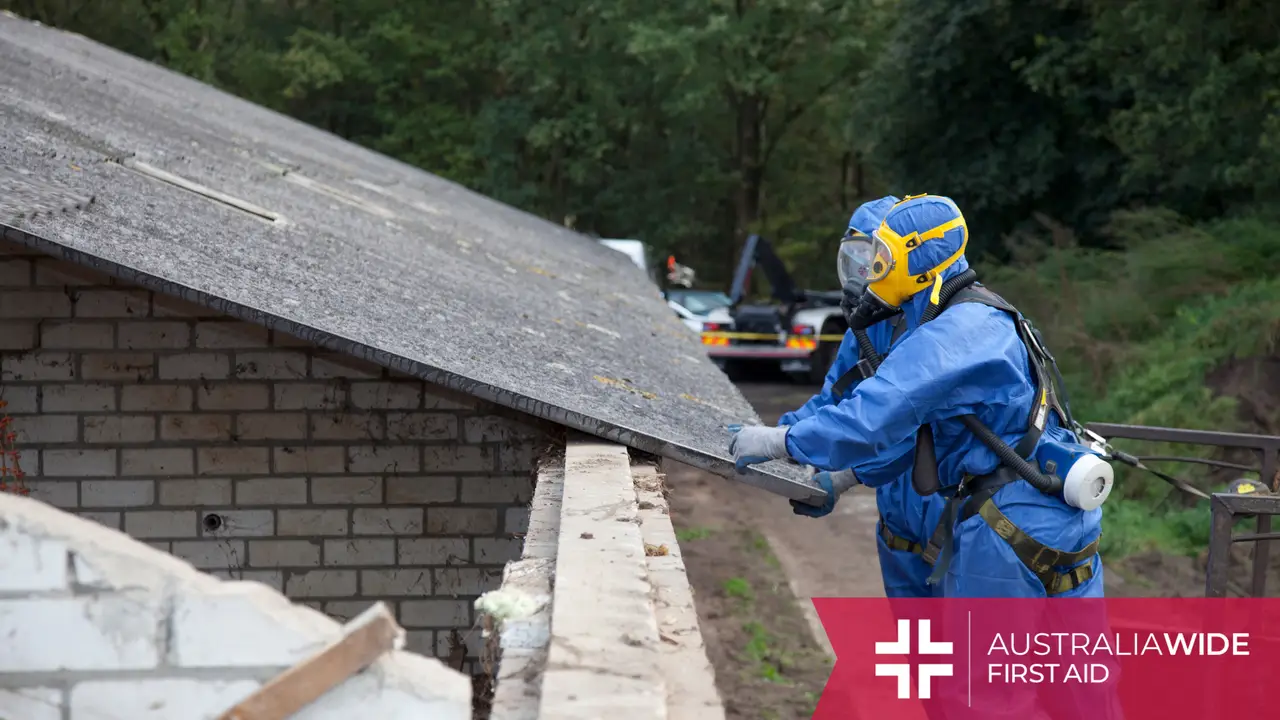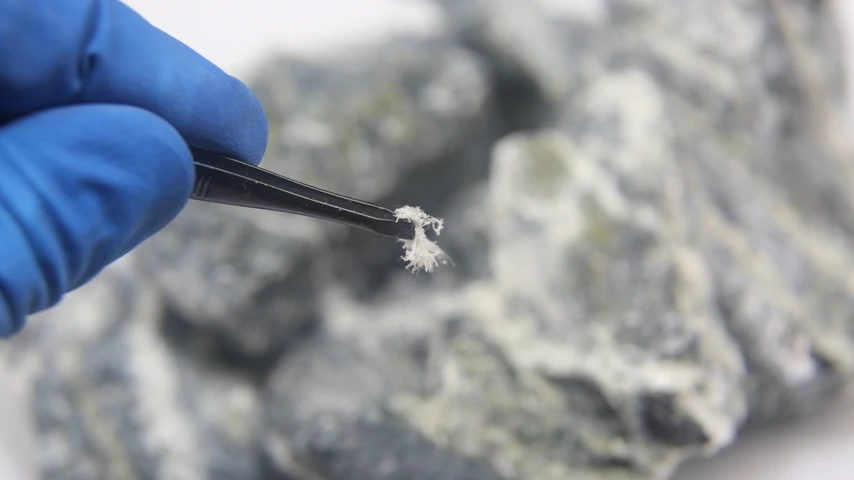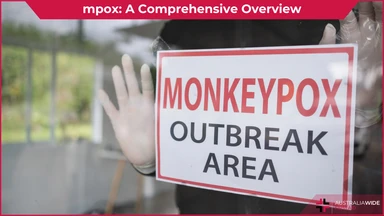Exposed: The Lingering Threat of Asbestos in Australia


ABC News recently released an article detailing a government-owned lot in Sydney that has had asbestos left lying uncovered for months. The residents around the area are claiming government negligence.
Asbestos has been used for many years in a variety of products due to its strength, heat resistance, and insulating properties.
While the first asbestos-related death was recorded in 1906, it wasn’t until the 1970s that it became widely known to the public that asbestos has adverse health effects.
Asbestos is a group of naturally occurring minerals that have a fibrous structure.
It is made up of six different types of minerals, with the most commonly used types being chrysotile, amosite, and crocidolite.
Asbestos was widely used in the construction industry as a building material because it is durable, resistant to heat and fire, and a good insulator.
Unfortunately, asbestos is also highly toxic and can cause serious health problems if inhaled or ingested.
Asbestos is highly toxic and can cause a variety of health problems, including lung cancer, mesothelioma, and asbestosis.
When asbestos fibres are inhaled or ingested, they can become trapped in the lungs or digestive tract, where they can cause inflammation, scarring, and damage to the DNA of cells.
Three examples of serious, asbestos-related diseases are:

Australia was one of the largest consumers of asbestos in the world, and as a result, many Australians have been exposed to asbestos.
The use of asbestos in Australia was phased out in the 1980s, and a complete ban on the import, manufacture, and use of asbestos was implemented in 2003.
Despite the ban, asbestos can still be found in many older buildings and products, including insulation, roofing, flooring, and ceiling tiles.
Asbestos-containing materials that are in good condition and not disturbed are generally safe, but if they are damaged or disturbed, asbestos fibres can be released into the air and become a health hazard.
If you suspect that your home or workplace contains asbestos, it is important to have it tested by a qualified professional. If asbestos is found, it should be removed by a licensed asbestos removalist.
It is important to note that asbestos should never be disturbed, as this can release fibres into the air.
If you think you may have been exposed to asbestos, you should speak to your doctor and have a medical examination.
Symptoms of asbestos-related diseases may not appear for many years after exposure, so it can be difficult to tell if the symptoms you’re experiencing are asbestos related.
If you begin to experience any lung-related symptoms at any point in your life after exposure – such as shortness of breath, a persistent cough, wheezing, or chest pain – seek medical attention.
Make sure to mention that you have been exposed to asbestos in the past.
Asbestos is a highly toxic substance that can cause serious health problems if inhaled or ingested.
While Australia has implemented a ban on the import, manufacture, and use of asbestos, it can still be found in many older buildings and products.
If you suspect that you have been exposed to asbestos in the past, it is important to speak to your doctor and take the necessary steps to protect your health.
You can attend one of our general or childcare first aid courses to proactively manage your wellbeing. We have training locations in every state, capital city, and major town throughout Australia.

September 16, 2024
New data reveals nearly half of Aussies lack the CPR knowledge to save a life. In fact, new data from Australia Wide First Aid’s inaugural, First Aid Proficiency Report, reveals only a third of Aussies have ever assisted in providing CPR.

August 23, 2024
The idea of helping someone in an emergency situation often raises concerns about potential legal repercussions. While the desire to assist is strong, many Australians wonder if they could be sued for rendering first aid. This article explores the legal landscape in Australia regarding the liability of individuals who provide first aid assistance.

August 16, 2024
Monkeypox is a rare viral disease that has garnered significant attention due to its similarities with smallpox. Although less severe, monkeypox is a public health concern, particularly in regions where it is endemic.